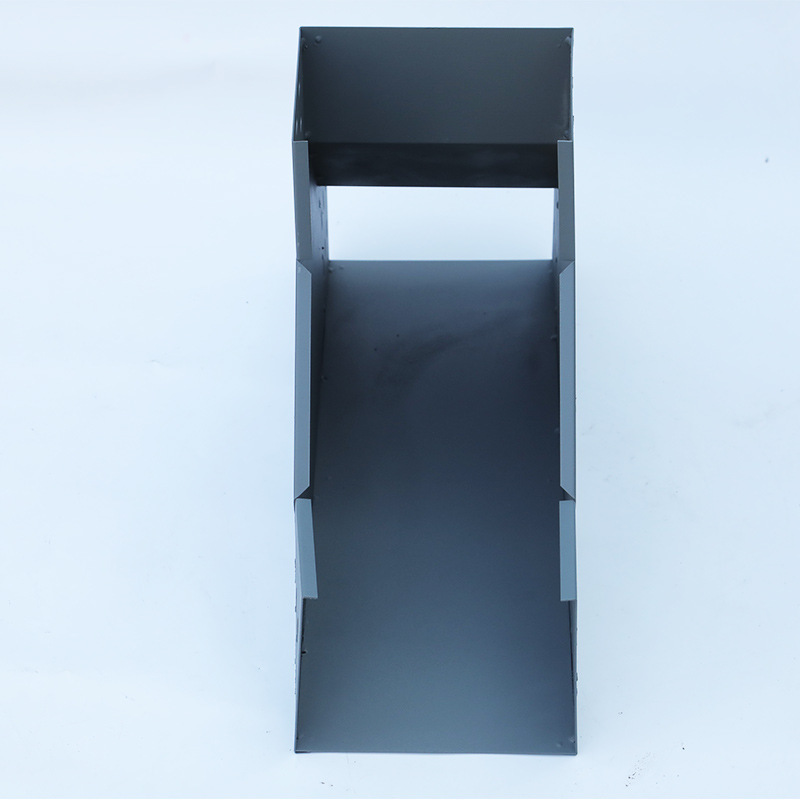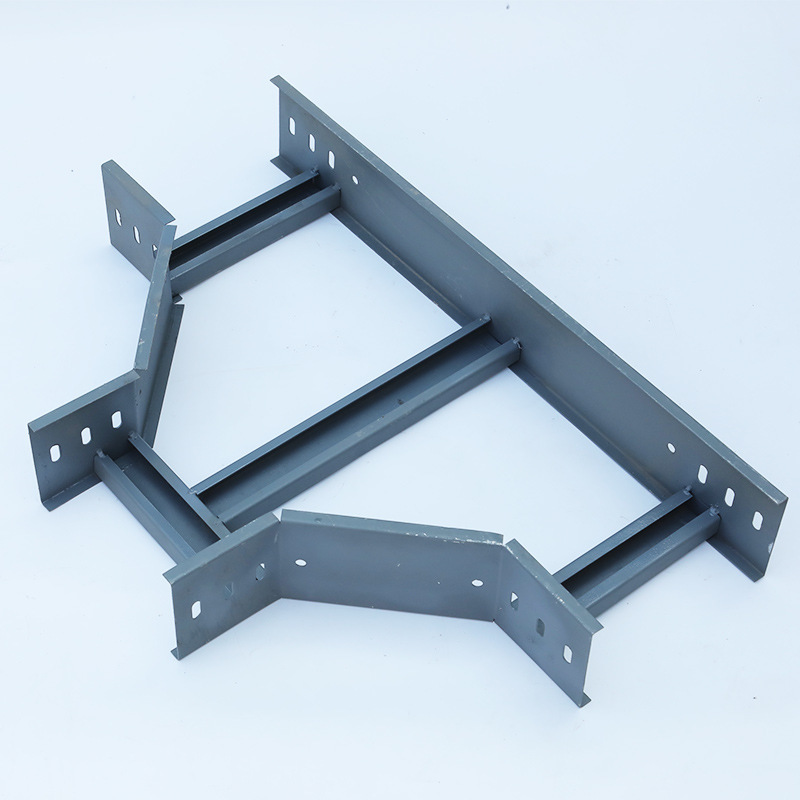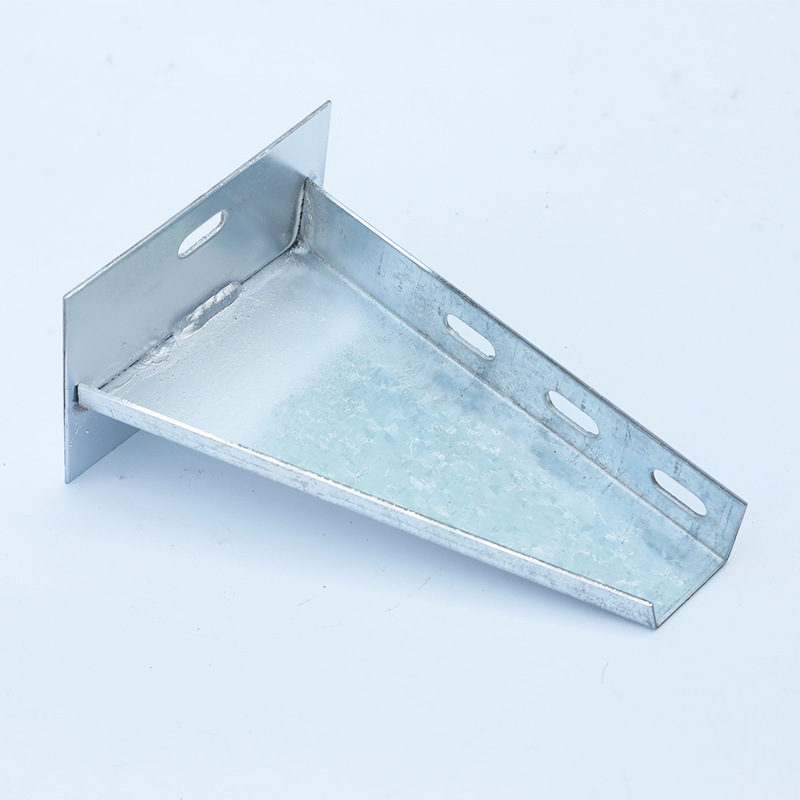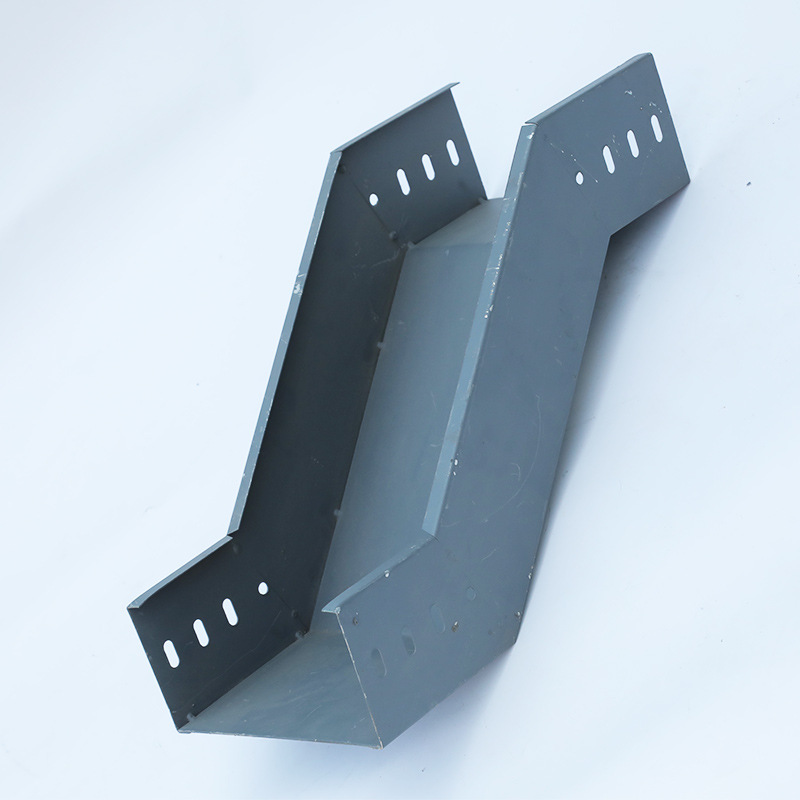Products
Bridge rack cable trough elbow
With the continuous development of the construction industry, cable trays are also evolving and gaining market recognition and acceptance.
SEO:
Bridge rack cable trough elbow
Classification:

Hotline:
Bridge rack cable trough elbow
With the continuous development of the construction industry, cable trays are also evolving and gaining market recognition and acceptance. The domestic production strength of the cable tray industry is increasing, with products made from high-quality cold-rolled steel plates, receiving widespread attention. The surface processes include cold galvanization, hot galvanization, electrostatic spraying, fireproof coatings, and baking paint. These products are widely used in fields such as petrochemicals, metallurgy, electricity, school communications, and high-rise buildings, characterized by aesthetic appearance, strong corrosion resistance, wide versatility, flexible and convenient installation, and a complete variety. Some are passive electrical (optical) cables (such as data cables, video coaxial cables, etc.), so when designing wiring methods and routing choices, distinctions should be made. Not only should they comply with regulatory requirements, but also consider the safety, scalability, economy, and aesthetics of the wiring, facilitating maintenance. As a carrier for laying various cables, cable trays should also follow the aforementioned principles. Due to the parallel intersection of multiple pipelines within buildings and limited space, especially in large office buildings, financial centers, hotels, and venues where information points are dense, cable laying, in addition to using floor grooves and wall-embedded pipes, widely employs cable trays in vertical shafts and ceiling spaces to provide different routing for wiring. Various cables of the weak current system are classified and laid within the trays, and the best routing choice and installation method should be determined based on the routing requirements, in conjunction with the building structure and the positions of air conditioning, electrical, and other pipelines. Passive cables should not be laid parallel to active cables; if they must be placed in the same tray due to conditions, metal partitions must be used to separate them. Cables should avoid planar intersections as much as possible, and when trays pass through floors, walls, or expansion joints, corresponding voids and positions should be marked on the building drawings to avoid temporary drilling during construction, which may damage the civil structure. To prevent electromagnetic radiation interference (EMC), the design of the trays should consider their enclosure.
Previous
Previous
Messages
We will contact you within one working day. Please pay attention to your email.



